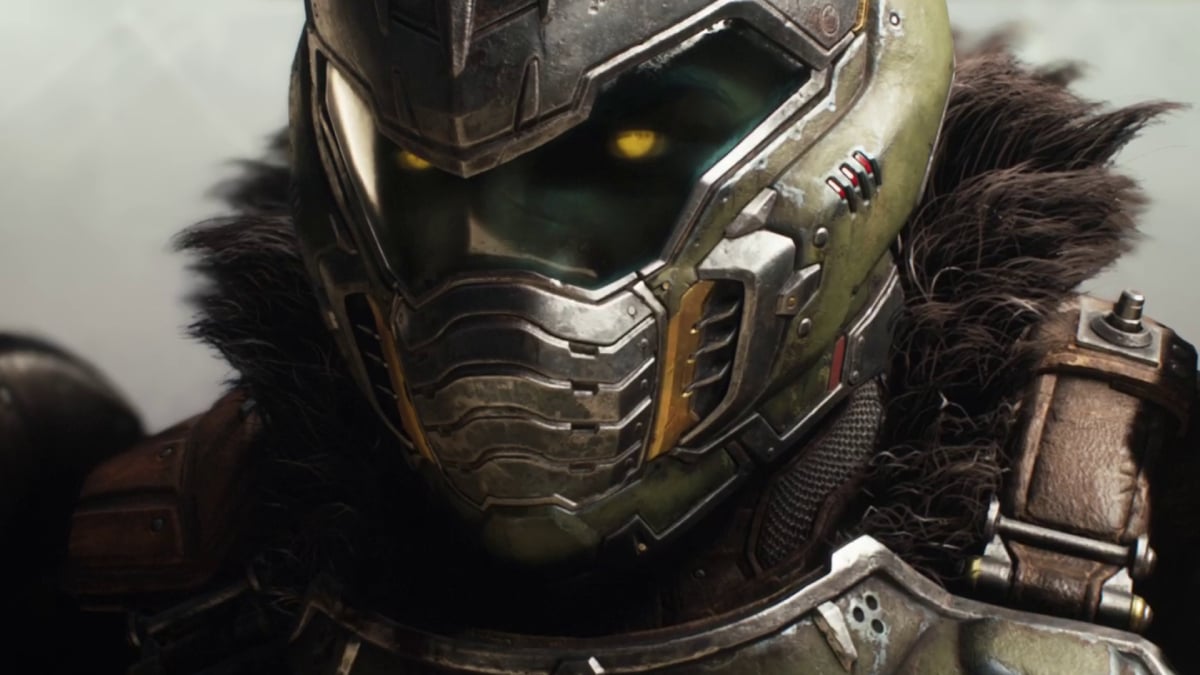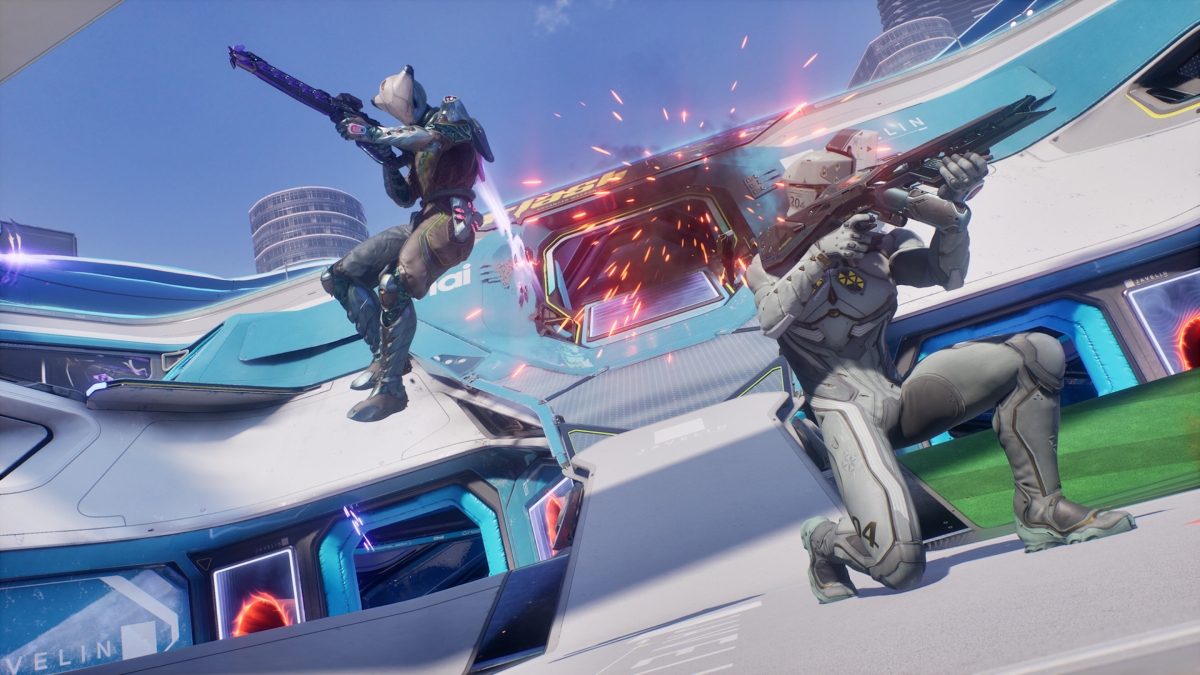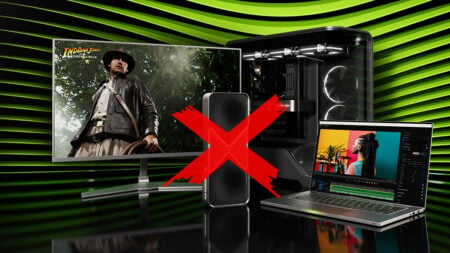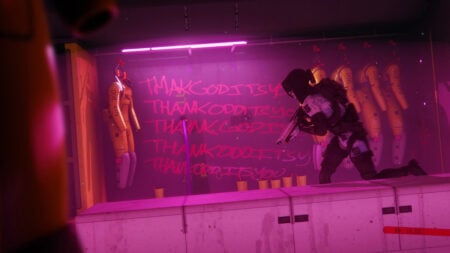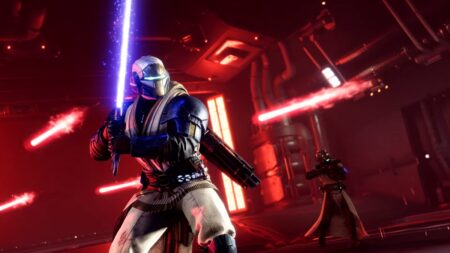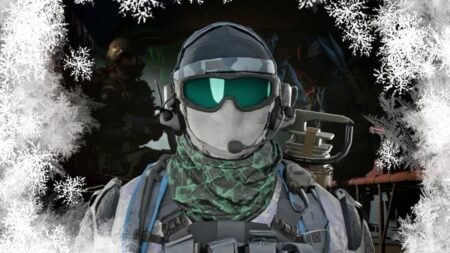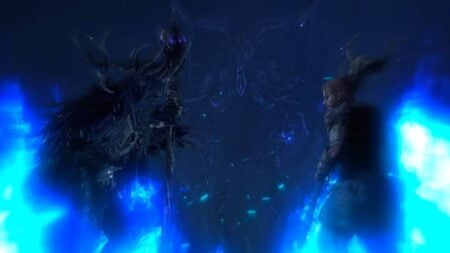Skip To...
Given the bloated state of the shooter market, one would think that developers would eventually say, “Enough is enough.” Yet, there are a few studios that still attempt to tackle the genre with new gimmicks, hoping to stand out among the rest. In a way, Killing Floor 3 manages to do that. As someone who has always been a fan of zombie shooters and has played Left 4 Dead and World War Z for an unhealthy amount of hours, I’ve always asked for a more modern one to arrive. However, it feels like a monkey’s paw situation because modern doesn’t always equal great, and Killing Floor 3 stumbles in many areas while managing to stick the landing in others.
[Updated on August 8, 2025: Added the final review score.]
Into the Nightfall
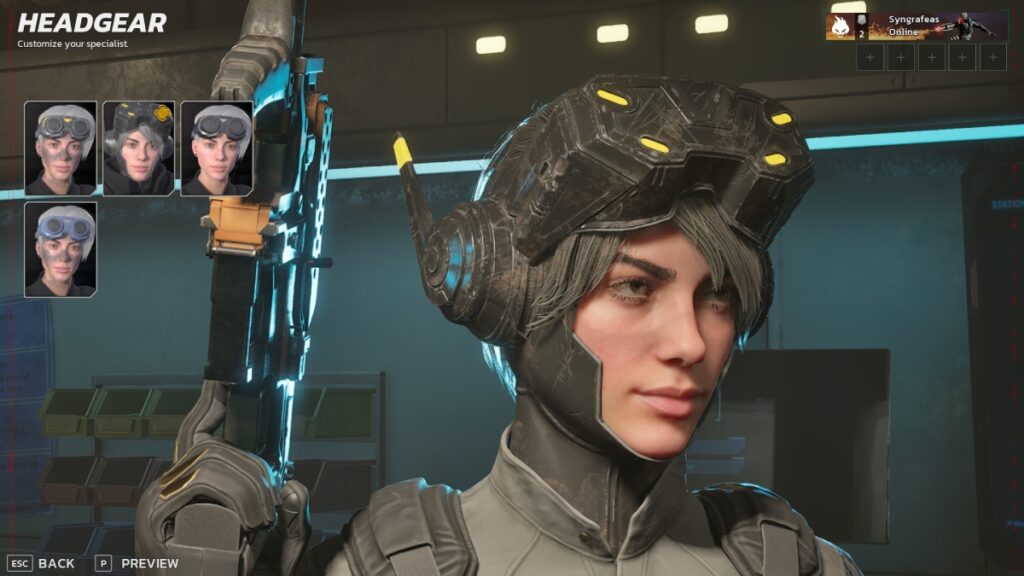
You’re part of an elite unit of specialists called Nightfall, whose task is to eradicate the zeds created by Horzine. Fans of the franchise will get a kick out of all the nods to the franchise and the lore of the two previous games. But newcomers don’t need to feel overwhelmed by seeing the number “3” in the title.
In any case, what’s important is that you can pick between six different specialists who belong to different classes. You have your normal assault one, one who focuses on fire damage, a healer, a sniper-like one, and so on. In truth, it took me a while to realize I could swap classes. So, I rolled with the Commando through most of my playthrough before swapping to Firebug and Sharpshooter.
The class system has its ups and downs. For the best parts, I liked how unique each character or class felt. The Commando can summon a drone, and the Firebug punches the ground and sends out a fiery explosion. Some feel way more powerful than others, but overall, they are highly unique. The perk tree system, however, is something I didn’t like that much, especially because it makes leveling up characters a bit too grindy.
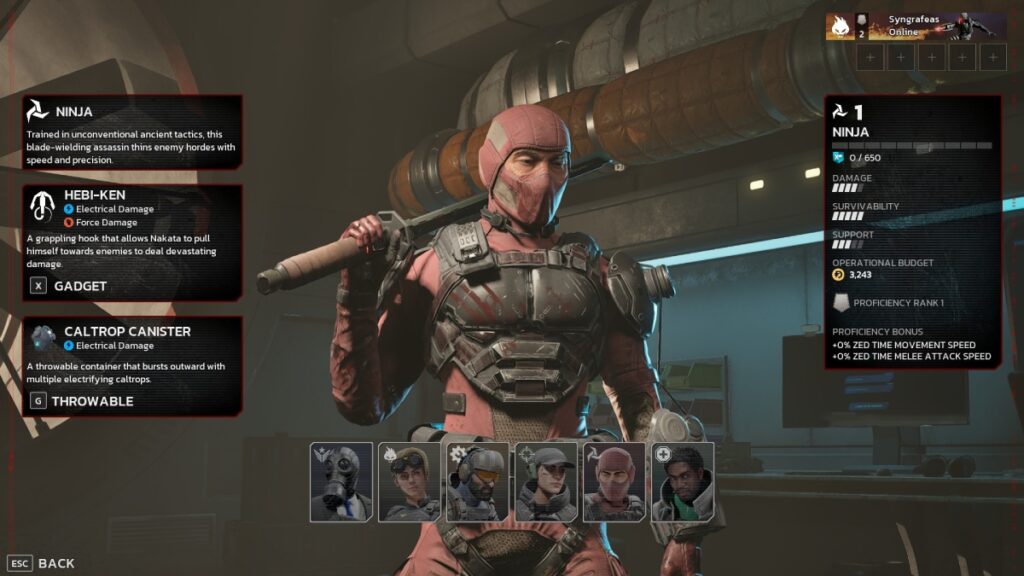
While I’m on board with the whole “leveling your characters separately,” I would’ve liked to keep my currency to upgrade the perks. For instance, if you level up Commando to level 5 and fully upgrade a perk, you’ll still have some points lying around, and you can’t use them for another class. Instead of encouraging me to try all characters, this system made me stick to one or two, as the grind can be quite lengthy.
On the other hand, it is great that weapons aren’t class-specific. During a match, you start your character’s loadout. However, you can buy weapons from other classes between enemy waves. If you wanted to use Commando with his drone but use a rifle that belongs to the Sharpshooter, you can, which is cool. I just wish we had the same freedom across the board and not just for weapon picks.
Gory Variety
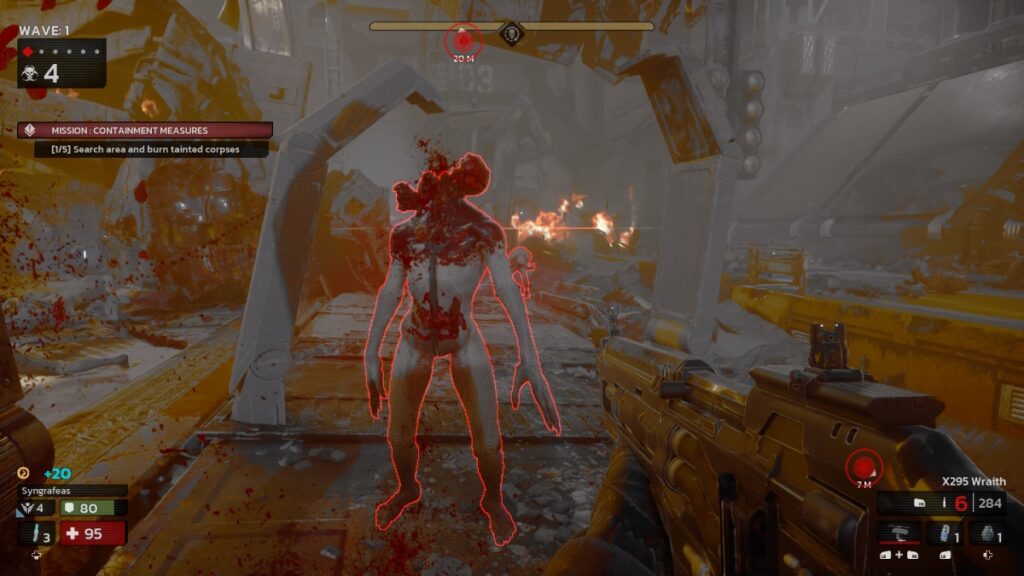
My favorite aspect of Killing Floor 3 is the variety and design of the enemies. Like any proper shooter involving zombies, there are so many foes you can obliterate in the goriest possible ways. There are your normal ones that go down with one headshot, and then you have some fat ones that explode and leave acid traps. There’s also one enemy with a mechanical head that resembles a screamer, and many that have chainsaws for arms and even flamethrowers.
Beyond the enemy variety, a match usually throws some curveballs at you with some modifiers. For instance, one of your matches can feature normal enemy waves. A few challenging zeds here and there, but then the fourth wave will have a modifier. When enemies spawn, there may be more enemies that carry flamethrowers or a huge army of bloated acid zeds, for instance. This is pretty great because every round feels unique, and most importantly, unpredictable. Also, bosses don’t fall far behind. The few I faced had unique mechanics. Some spawned in pairs, and some could even burrow into the ground to then attack you.
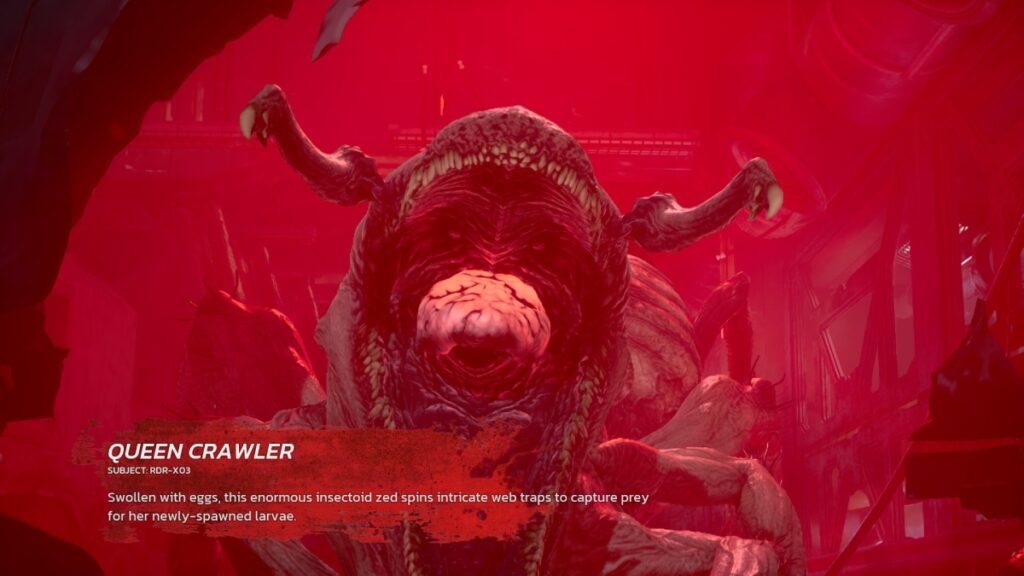
Fortunately, variety isn’t exclusive to zeds only. When it comes to fighting, Killing Floor 3 gives you a lot of weapons and items to create your perfect loadout. As I mentioned, you start with a specific set of weapons and items, but you can tailor all that to your liking. Every player gets a deployment budget that increases as you level up. The higher the budget, the better the weapons you can bring during the first wave. However, you can also create custom weapon loadouts full of new attachments.
To do so, you need to kill enemies or destroy objects to obtain material. Then, you head to the armory and craft new weapon parts for one specific gun and create the loadout. After that, you can select that weapon for your starting loadout, assuming your budget allows it.
My biggest gripe is that your budget doesn’t increase significantly between levels. And even worse, obtaining currency during a match takes a considerable amount of time. If you make one mistake and purchase the wrong weapon, you won’t have enough dosh to get a proper gun by the end of the match. One would say that this adds more challenge to the game. But after many rounds, it felt a bit frustrating, especially when playing solo.
Some Jank on the Side
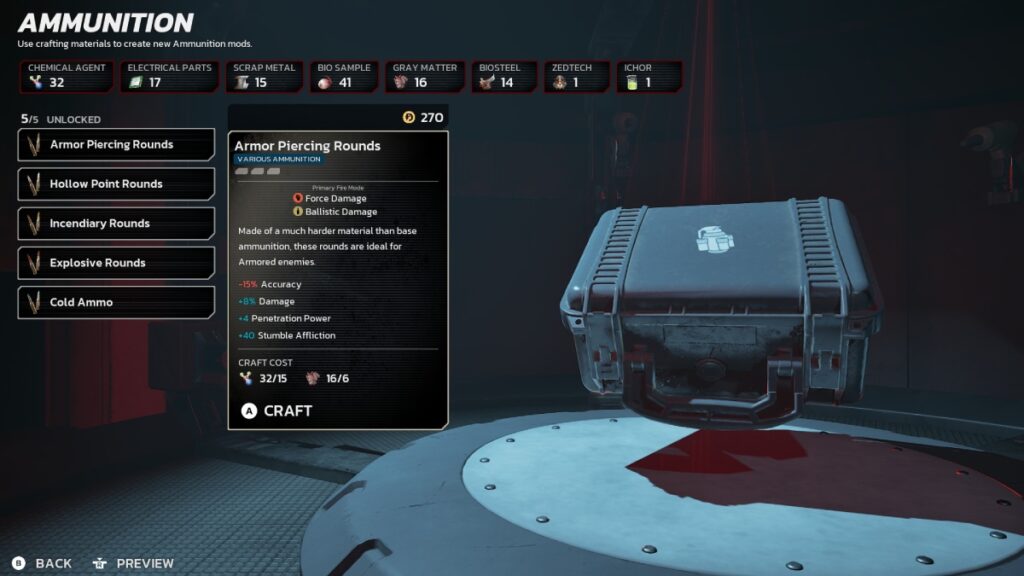
With the good out of the way, unfortunately, the game has some technical issues and noticeable jank. While the gunplay is terrific, hit detection felt off at times. I would shoot straight at a zed’s face, and it would not register the shot. Fortunately, this didn’t happen that often, but when it did, it was highly frustrating.
Additionally, since I played this during the review period, I was unable to find many matches. Thankfully, I was able to play with a colleague, but even then, we lost connection during some rounds. There was one time when we couldn’t join each other’s party for several minutes. On top of that, I encountered many glitched-out zeds and suffered a few framerate stutters during encounters against dozens of enemies. As you can imagine, these stuttering issues and the occasional screen freeze led to my demise. Sub-optimal.
When it comes to performance, however, it was decent. Stutters aside, which I attribute to the online component, I was able to achieve 60 FPS even on the highest settings. Also, while the visuals aren’t mind-blowing or go for an extremely realistic look, I feel that it works in the game’s favor. The art style is excellent, and it features a Cyberpunk-like aesthetic in certain areas that I really enjoyed.
A Zed Shooter With Room for Improvement
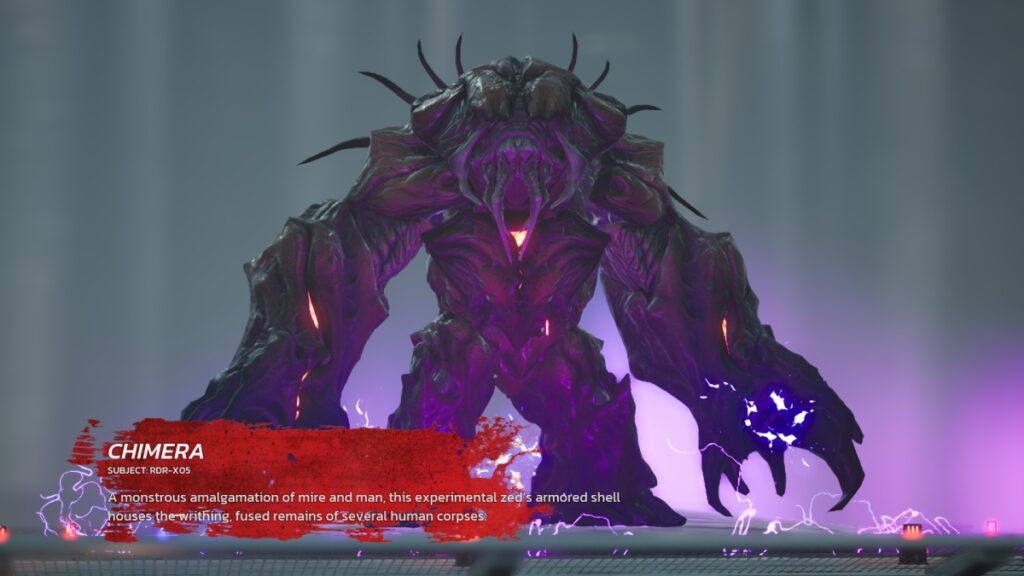
So far, my impressions of Killing Floor 3 are mostly good. Some of its best assets are its gunplay and bullet time-like systems, which work flawlessly on co-op, by the way, and the enemy variety. Also, the art style and atmosphere enhance the game even more and make it distinct from other shooters on the market. However, it still has some issues, such as grindy progression systems, a few bugs, and stutters that I hope get fixed in the coming days.
Currently, I won’t score the game because I want to fully dive into it during the launch period. I’m eager to see how the six-player mayhem goes and see if connectivity improves with more players dismembering zeds in real-time. Still, it has signs of a promising shooter that might stay afloat in a crowded market.
Update after launch: Now that I finally got to experience Killing Floor 3 in a full launch environment, it still stands as a solid FPS co-op shooter with superb gunplay and an interesting progression system, if you don’t mind the grind. However, it suffers from many balance issues, especially with bosses, several technical problems, and a hollow gameplay loop that loses its allure after a few days. There’s still potential behind it, but if the studio doesn’t hurry up to fix all of these things, we might see another Payday 3 situation where the third time is definitely not the charm.
Review copy provided by the Publisher.
Killing Floor 3 (PC Reviewed)
Killing Floor 3 has all the staples of a good FPS co-op shooter on the surface. Unfortunately, it also has many pressing problems, such as technical issues, a lack of enemy balance, and a gameplay loop that lacks the strength to hook players for a long period.
Pros
- Superb gunplay
- Great enemy variety
Cons
- Several technical problems
- The gameplay loop gets old quickly.


